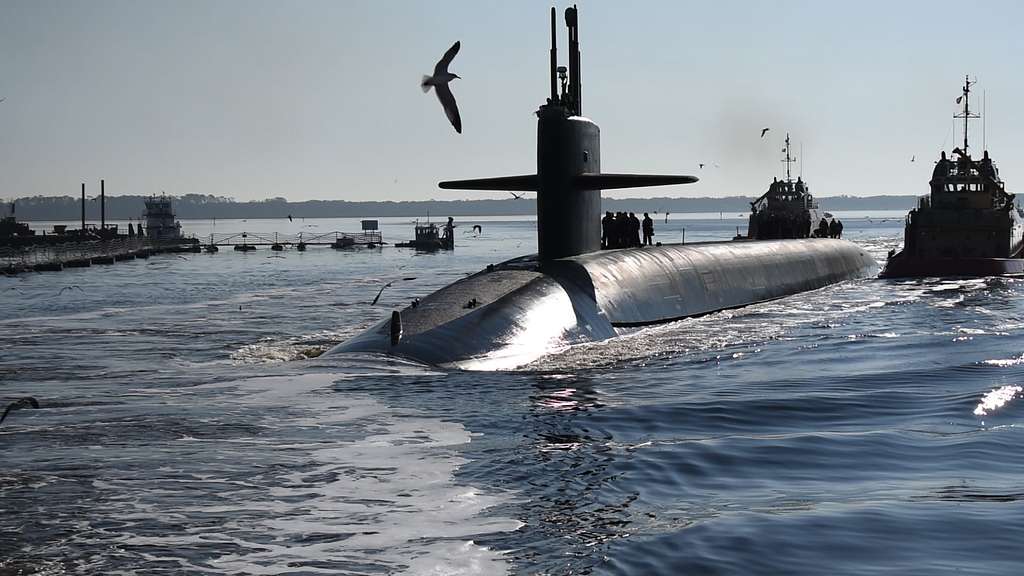Northrop Grumman receives contract to develop E-130J, successor to E-6B Mercury on TACAMO mission
Northrop Grumman has been selected as prime contractor for the development and delivery of nuclear command, control and communications (NC3) aircraft under the U.S. Navy’s Take Charge And Move Out (TACAMO) mission. The contract awarded by the US Navy, valued at just over $3.4 billion, covers three engineering development models (EDMs) and options for up to three system demonstration test articles (SDTAs) and up to six aircraft in the first production batch.
As we reported in October, the E-130J will replace the current fleet of E-6B Mercury aircraft assigned to this strategic mission for the US. Navy’s strategic mission.

Key investments and capabilities
Northrop Grumman has committed more than $1 billion in digital engineering and advanced manufacturing, enabling it to accelerate the design, production, testing and sustainment of the new E-130J aircraft. The company has been a strategic partner of the U.S. Navy for decades, participating as a prime contractor on critical projects such as the E-2D Advanced Hawkeye and MQ-4C Triton, as well as providing ongoing support for the E-6B Mercury fleet used in the TACAMO mission.
Statements
Jane Bishop, vice president and general manager, global surveillance division, Northrop Grumman: “Our performance on Navy programs like the E-2D and E-6B prove we deliver on what we promise, and we will bring this expertise in helping the Navy deliver the E-130J on time and optimized for this strategically important mission.”
“Our TACAMO mission is foundational to our nation’s nuclear Triad,” said Secretary of the Navy Carlos Del Toro. “The E-130J will carry on the proud legacy of Navy TACAMO aircraft and keep our nation safe.”.
TACAMO missions
The TACAMO (Take Charge And Move Out) mission is essential to the U.S. nuclear deterrent, as it ensures connectivity between the National Command Authority (NCA) and nuclear forces. Currently, the U.S. Navy operates the E-6B Mercury fleet of aircrafts to maintain an airborne command, control and communications (C3) system that is durable, reliable and persistent. The transition to the E-130J will modernize this capability, improving the operational effectiveness of the strategic deterrent.

TACAMO mission aircraft ensure continuous communication between Washington and the primary U.S. nuclear deterrent tool: the fleet of Ohio-class nuclear-powered ballistic missile submarines (SSBNs). These submarines are capable of up to 77 days at sea and are armed with 20 Trident D5 submarine-launched ballistic missiles, although their design allows them to carry up to 24 missiles, each with multiple independently reentering warheads.
Industrial team and alliances
The development of the E-130J involves the collaboration of a group of leading aerospace and defense companies. This team includes Lockheed Martin Skunk Works, Raytheon, Crescent Systems, Inc. and Long Wave Inc. These companies have extensive experience in delivering critical command and control solutions as well as implementing key capabilities for the nuclear enterprise.


Para comentar, debés estar registradoPor favor, iniciá sesión